Breaking The Myth Of Black DLC Coating And Understanding Its True Role In Modern Watchmaking
Discover the truth behind black DLC coating in watches — how it’s made, what makes it so durable, and why it’s often misunderstood. Explore the science, process, and artistry that make DLC one of modern horology’s most advanced surface finishes
In the world of watchmaking, few finishes have captivated enthusiasts like black DLC coating, a treatment that combines striking aesthetics with remarkable resilience. DLC stands for Diamond-Like Carbon, a high-performance coating composed of carbon atoms arranged in a structure that mimics the hardness and smoothness of diamond.
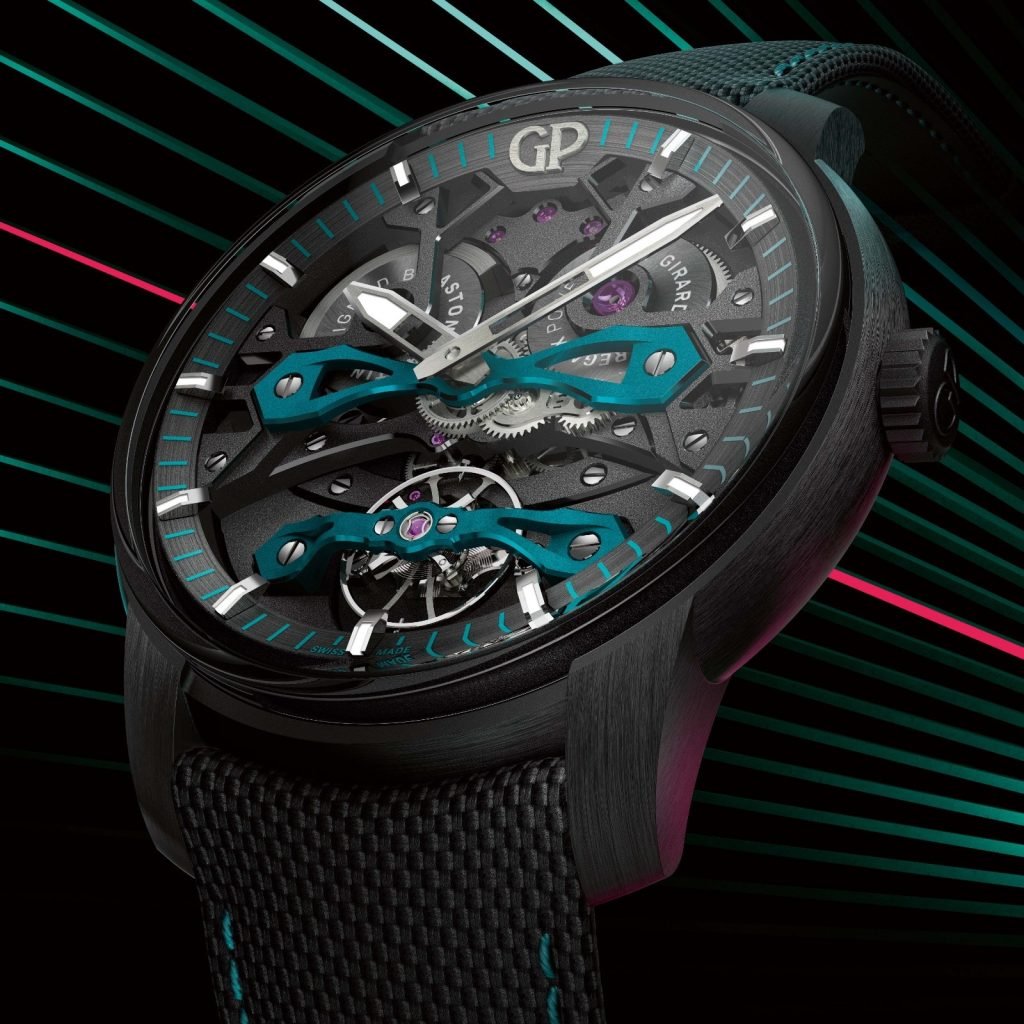
While it’s often celebrated for its stealthy, all-black allure, DLC’s appeal extends far beyond looks. It provides an extraordinary level of scratch resistance, corrosion protection, and surface durability, making it a favourite for tool watches, sports models and even high-end luxury pieces.
However, despite its popularity, DLC is often misunderstood. It’s not paint, not plating, and not a superficial layer that wears off easily — it’s a complex chemical transformation, achieved through cutting-edge technology, that bonds carbon to metal at a molecular level.
How DLC Coating Is Made
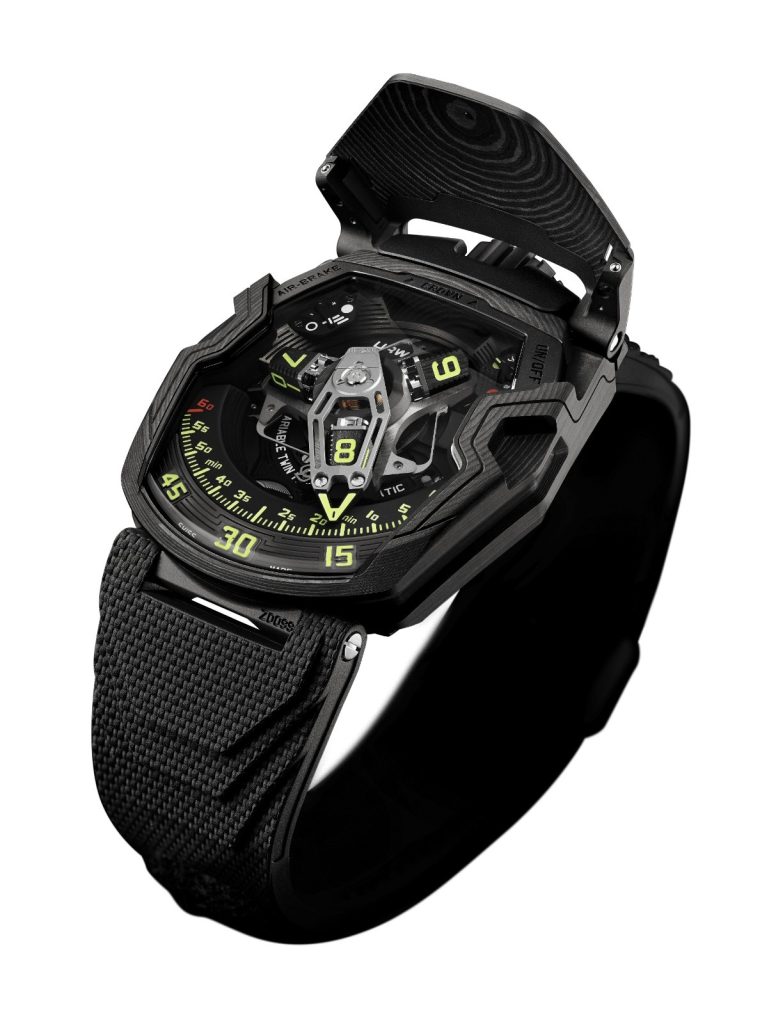
Creating a DLC coating is a process rooted in material science, precision engineering and controlled environments. The technique typically involves Physical Vapour Deposition (PVD) or Chemical Vapour Deposition (CVD) — both of which transform carbon-based gases into a thin, diamond-like film.
The process begins with the preparation of the base metal, usually stainless steel or titanium, which must be perfectly clean and smooth to ensure even adhesion. The watch case is then placed inside a vacuum chamber, where it’s exposed to a plasma cloud created by ionised hydrocarbon gases.
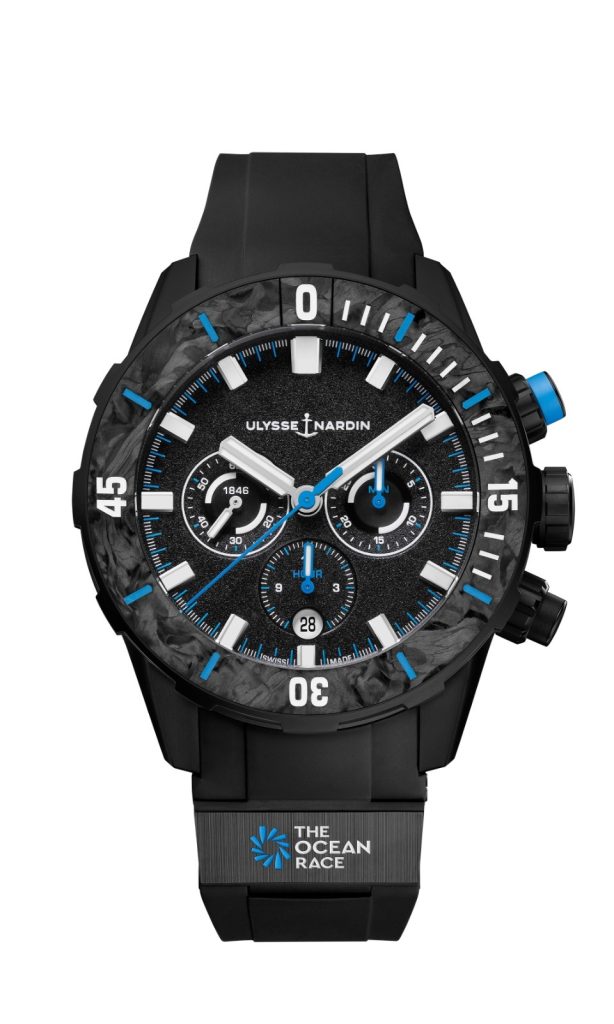
Under extreme temperature and pressure, carbon atoms are accelerated and deposited onto the surface, forming a thin but extremely hard film — typically between 1 to 4 microns thick. This carbon layer contains both sp³ (diamond-like) and sp² (graphite-like) bonds, giving it its characteristic combination of toughness and lubricity.
The final result is a finish that not only looks refined but is five to ten times harder than stainless steel, capable of withstanding everyday scratches and environmental stress. Unlike traditional coatings or paints, DLC becomes an integral part of the material, ensuring longevity and performance.
Breaking the Myth: Is DLC Truly Indestructible?
One of the most common myths surrounding DLC coatings is that they make a watch completely scratch-proof. While DLC is among the hardest known coatings in horology, it isn’t invincible. The coating itself resists abrasion extremely well, but if the base metal beneath is deformed or dented, the DLC layer can still be compromised.
Moreover, not all DLC coatings are created equal. The quality depends on deposition technique, film thickness, and purity of the carbon used. True DLC coatings from reputable brands undergo extensive testing to ensure hardness, adhesion and uniformity. Some cheaper alternatives, often marketed as “black PVD,” lack the same structural integrity and durability, leading to misconceptions about wear and longevity. In short, a well-applied DLC coating doesn’t wear off easily, but it also isn’t indestructible — it’s a remarkable balance between beauty, strength and science.
The Aesthetic And Functional Appeal Of DLC
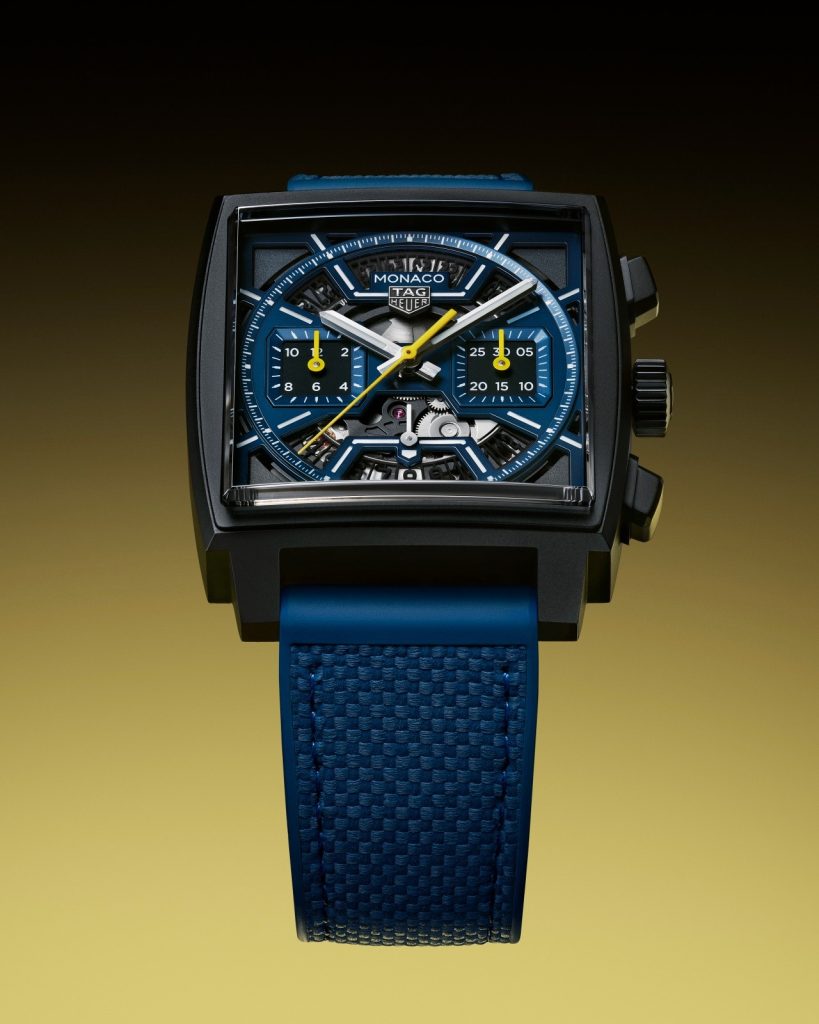
Beyond its technical merit, black DLC has become a design statement. Its velvety matte finish exudes sophistication, giving watches a contemporary, understated edge. It absorbs light instead of reflecting it, enhancing contrast and making details like polished hands and markers stand out dramatically.
For many collectors, the appeal of DLC lies in its dual personality — industrial toughness wrapped in refined elegance. Whether applied to rugged tool watches like Panerai’s Luminor models or minimalist luxury pieces from Zenith and Hublot, DLC transforms the visual identity of a watch without altering its form.
Functionally, it protects against the rigours of everyday wear: moisture, sweat, minor impacts and even salt exposure. Its non-reflective surface also makes it a favourite among military-inspired and aviation timepieces, where discretion and durability are essential.
The Future Of DLC In Watchmaking
As material technology advances, DLC continues to evolve. New formulations offer enhanced flexibility, colour variations, and environmentally friendly deposition methods, expanding its possibilities beyond the classic black finish. Blue, grey and even bronze-toned DLC variants are beginning to emerge, giving watch designers new creative freedom.
The coating’s durability and eco-efficiency — it produces minimal waste and uses fewer chemicals — also align with modern sustainability values. In many ways, DLC represents the future of functional luxury: technology serving design without compromising beauty.
A Finish That Transcends Time
Black DLC coating has come to symbolise more than toughness; it embodies precision, permanence and quiet strength. Its beauty lies not just in how it looks, but in how it endures — a sleek, modern armour for mechanical artistry.
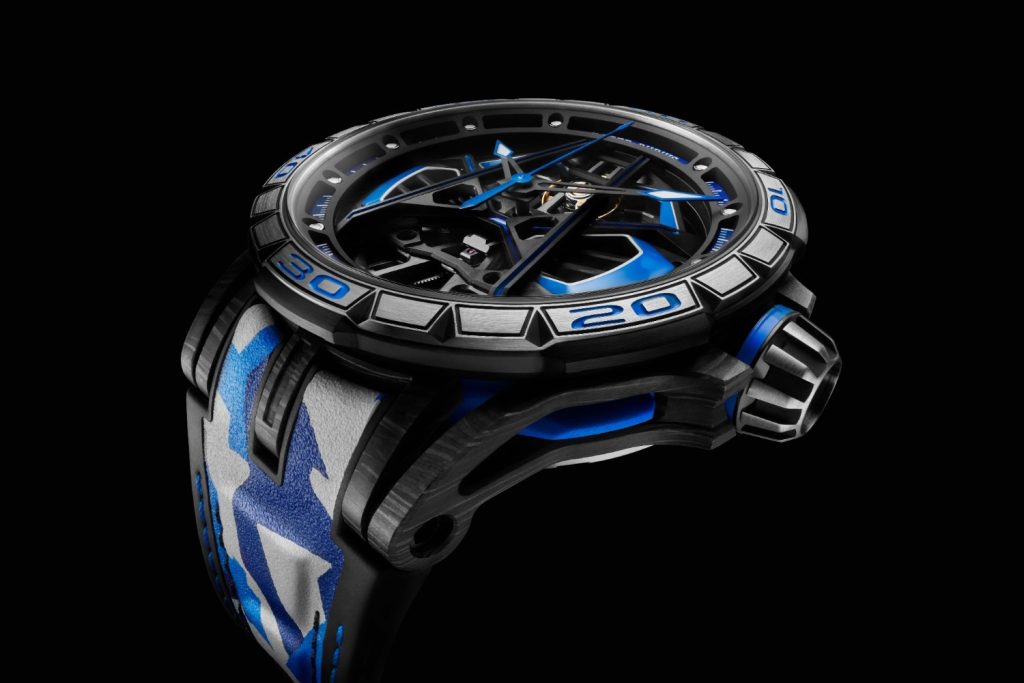
In breaking the myth of indestructibility, we uncover its true charm: DLC’s value lies in balance, not perfection. It’s a finish that ages gracefully, resists wear with dignity, and reflects the evolving dialogue between science and craftsmanship in horology.
Whether adorning a minimalist dress watch or a tactical tool timepiece, black DLC remains one of the most compelling finishes in modern watchmaking — a subtle reminder that strength, when executed with restraint, becomes